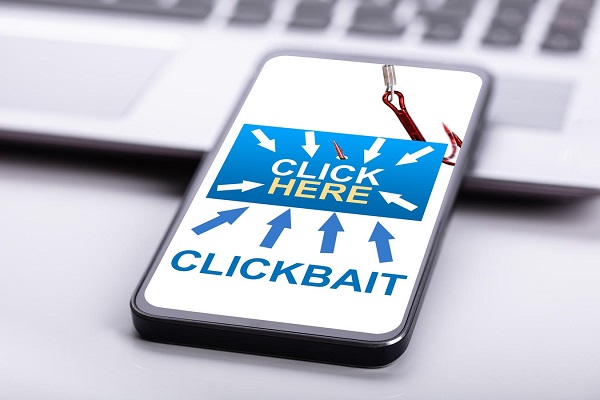
Clickbait: The Art of Capturing Attention in Digital Content
In the fast-paced digital world, clickbait has become a common strategy for capturing audience attention. But what exactly is it, and how does it work?
Understanding Clickbait: More Than Just Headlines
Clickbait is often thought of as misleading headlines designed to lure readers, but it’s more complex. It combines curiosity and psychological triggers to make content irresistible. This strategy is prevalent across various platforms, from news websites to social media.
The effectiveness of clickbait lies in its ability to tap into our natural curiosity and the desire for sensational or emotionally charged content.
The Mechanics of Clickbait: How It Hooks You In
Clickbait works by creating a gap between the reader’s knowledge and what the headline promises. This gap triggers an innate curiosity, compelling the reader to click. Phrases like “You won’t believe…” or “What happened next will shock you” are classic clickbait tactics.
These headlines often play on emotions, whether it’s surprise, excitement, or outrage, making them more clickable.
Clickbait in the Age of Social Media
Social media has amplified the use of clickbait. Platforms like Facebook and Twitter are breeding grounds for such headlines. The need for constant engagement and ‘likes’ drives creators to resort to clickbait, thus ensuring their content stands out in crowded feeds.
Why Clickbait Is Everywhere: The Ubiquity of a Strategy
Clickbait’s prevalence is tied to its effectiveness in driving traffic. In a digital landscape where attention is currency, clickbait headlines are a quick way to draw eyes to content.
From a business perspective, more clicks mean higher ad revenue, making clickbait a lucrative strategy.
Clickbait and SEO: A Double-Edged Sword
While clickbait can improve click-through rates, its impact on SEO can be mixed. Search engines like Google prioritize user experience and content value. Overly sensational headlines can harm a site’s reputation and search rankings.

The Benefits and Downsides of Clickbait
Clickbait can be a powerful tool for driving traffic and engaging users. However, it often leads to a negative user experience if the content doesn’t deliver on the headline’s promise.
The key is finding a balance – creating compelling headlines that accurately represent the content.
Conclusion: Navigating the World of Clickbait
While clickbait is often criticized, it’s undeniable that it’s an effective way to capture attention. The challenge for content creators is to use clickbait responsibly, ensuring it leads to valuable and relevant content.
